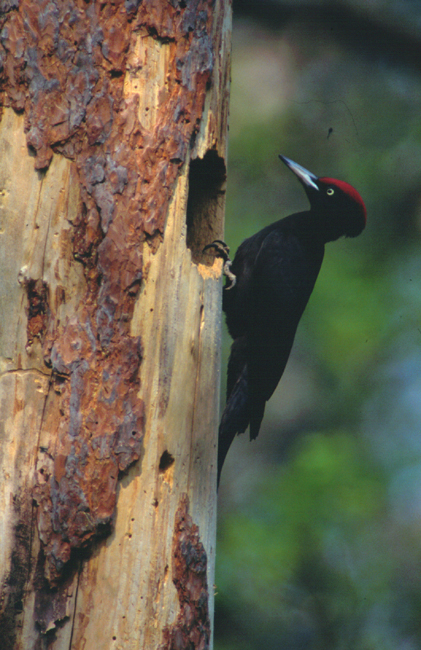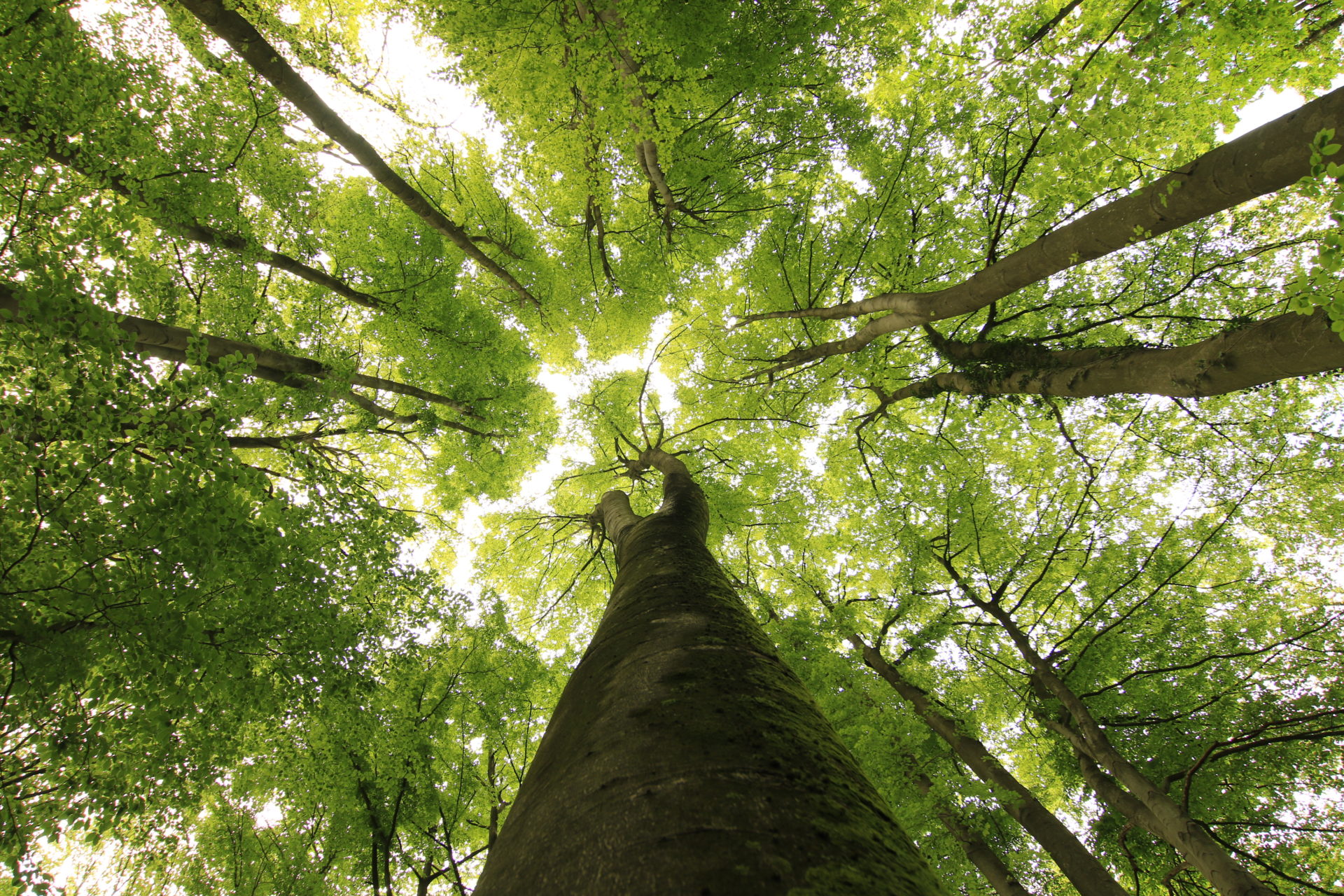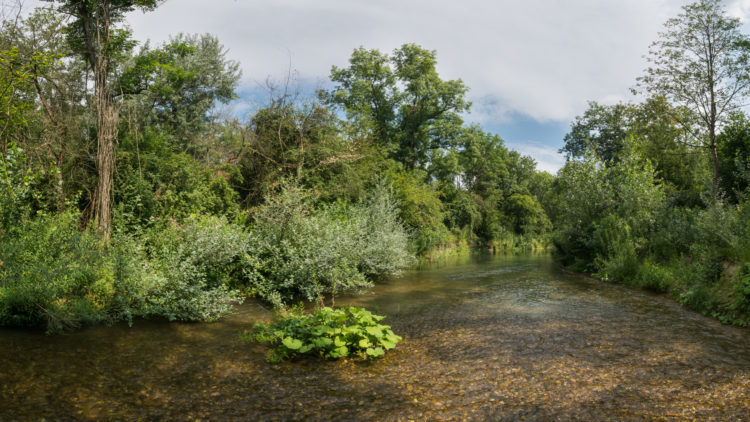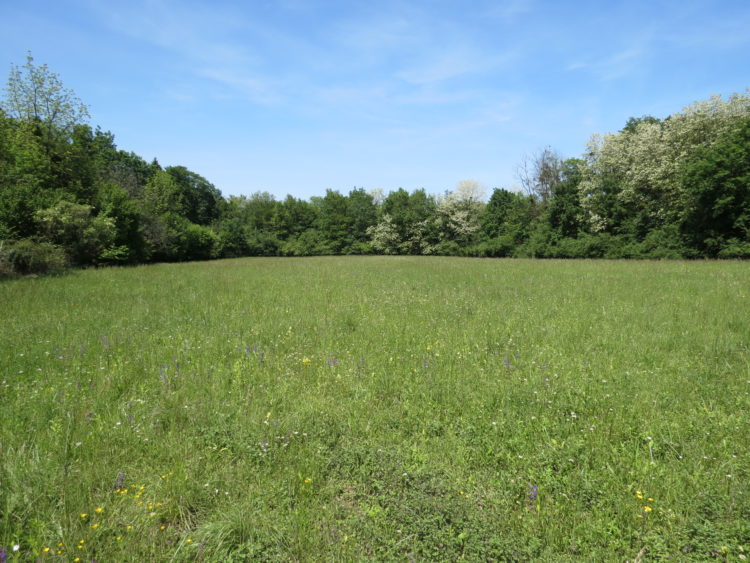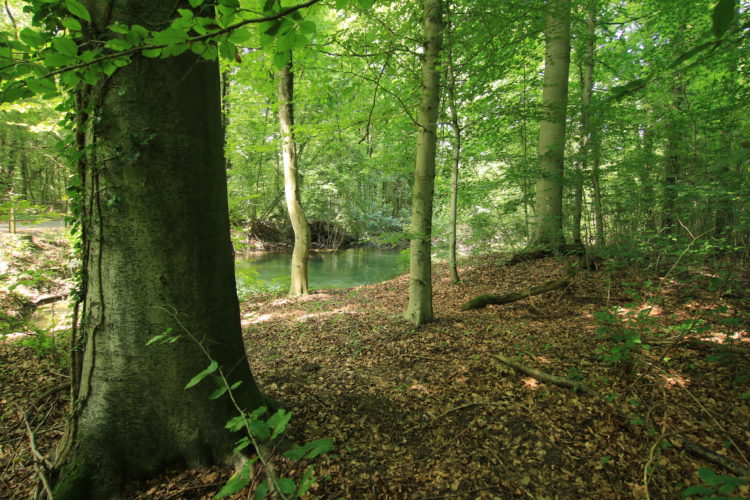
A nature reserve shaped by the history of the Rhine and the growth of the city
Neuhof Illkirch and Rohrschollen forests originally formed a single forested area subjected to the devastating floods of the Rhine. The Rhine alluvial forest, composed of a variety of landscapes in constant evolution, was home to an abundance of flourishing vegetation. This remarkable and diverse plant life provided habitats for a rich variety of wildlife.
The Rhine, however, was a capricious river that was hard to navigate. In the 19th century, plans to improve its navigation conditions were spearheaded by Baden-born engineer Johann Gottfried Tulla. This resulted in the course of the Rhine flowing between two high-water dikes.
As the correction and canalization of the Rhine progressed and the port and industrial area were constructed, the forest was split in two. The west section of this forest — where the reserve now lies — was completely cut off from the Rhine and was no longer floodable, the source of its biological wealth.
In the 1970s and 1980s, Strasbourg’s forests were transformed into leisure and recreation facilities for citizens. Numerous improvement operations were carried out such as planting rows of ornamental trees and installing benches, gloriettes and waste bins. At the same time, the forestry management service for the forest was also changed to open up the undergrowth, clean it up and make it more accessible to walkers. Beech and maple trees were largely used to this end. All of these improvements caused far-reaching modifications to the forest’s plant composition and appearance.
However, in 1965, scientists, associations and residents became concerned about the future of the forest. The deforestation that occurred as a result of the different operations had not gone unnoticed. The initiative to protect and restore the remarkable environmental heritage of Strasbourg’s forests was taken to the next level in 1980.
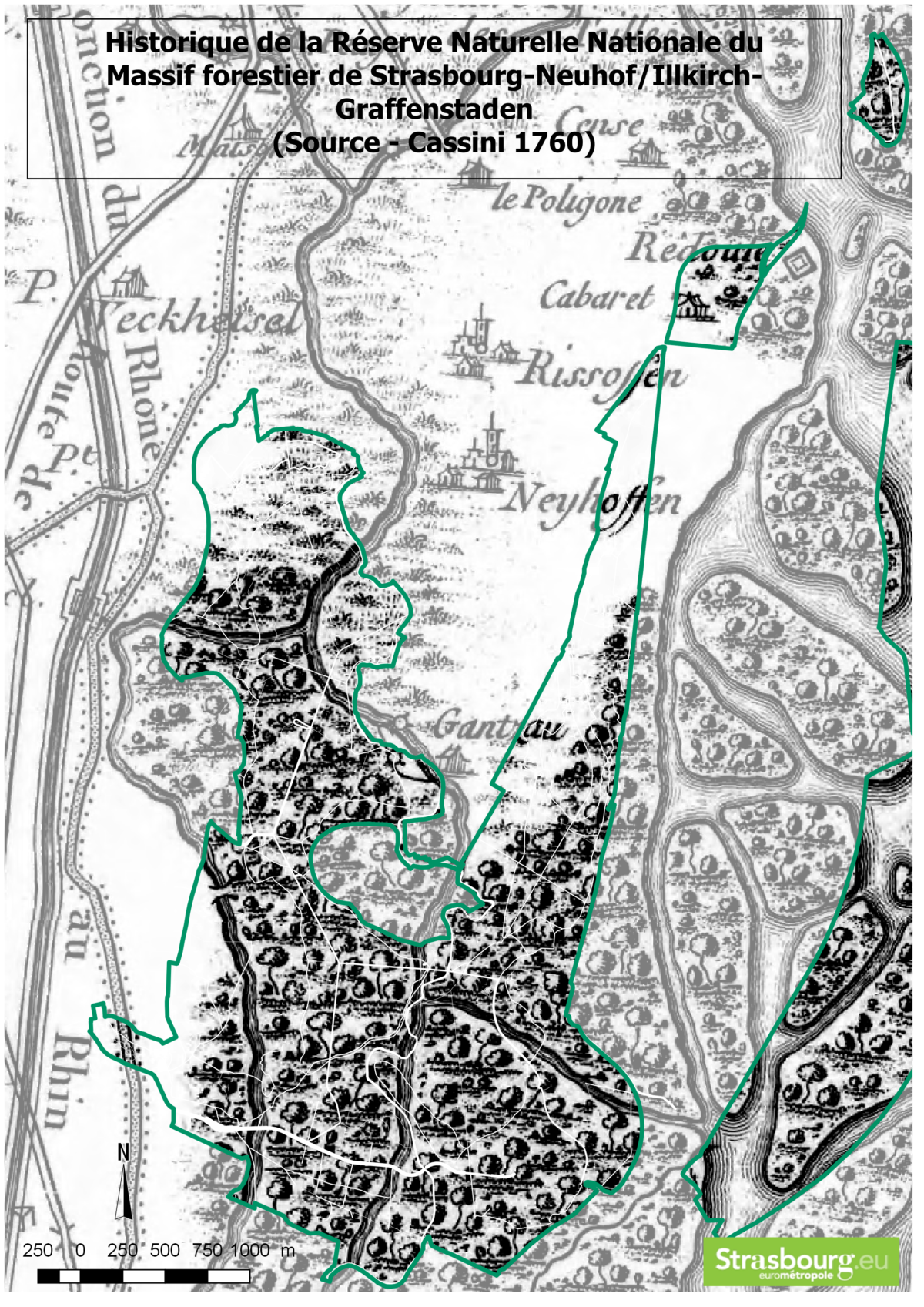
In 1988, the City of Strasbourg applied to have its Rhine forests classified as protected areas.
Classifying the forest as a national nature reserve, involving various institutional parties, can be a long process. Strasbourg-Neuhof/Illkirch-Graffenstaden Forest was finally classified as a National Nature Reserve by ministerial decree on September 10, 2012.

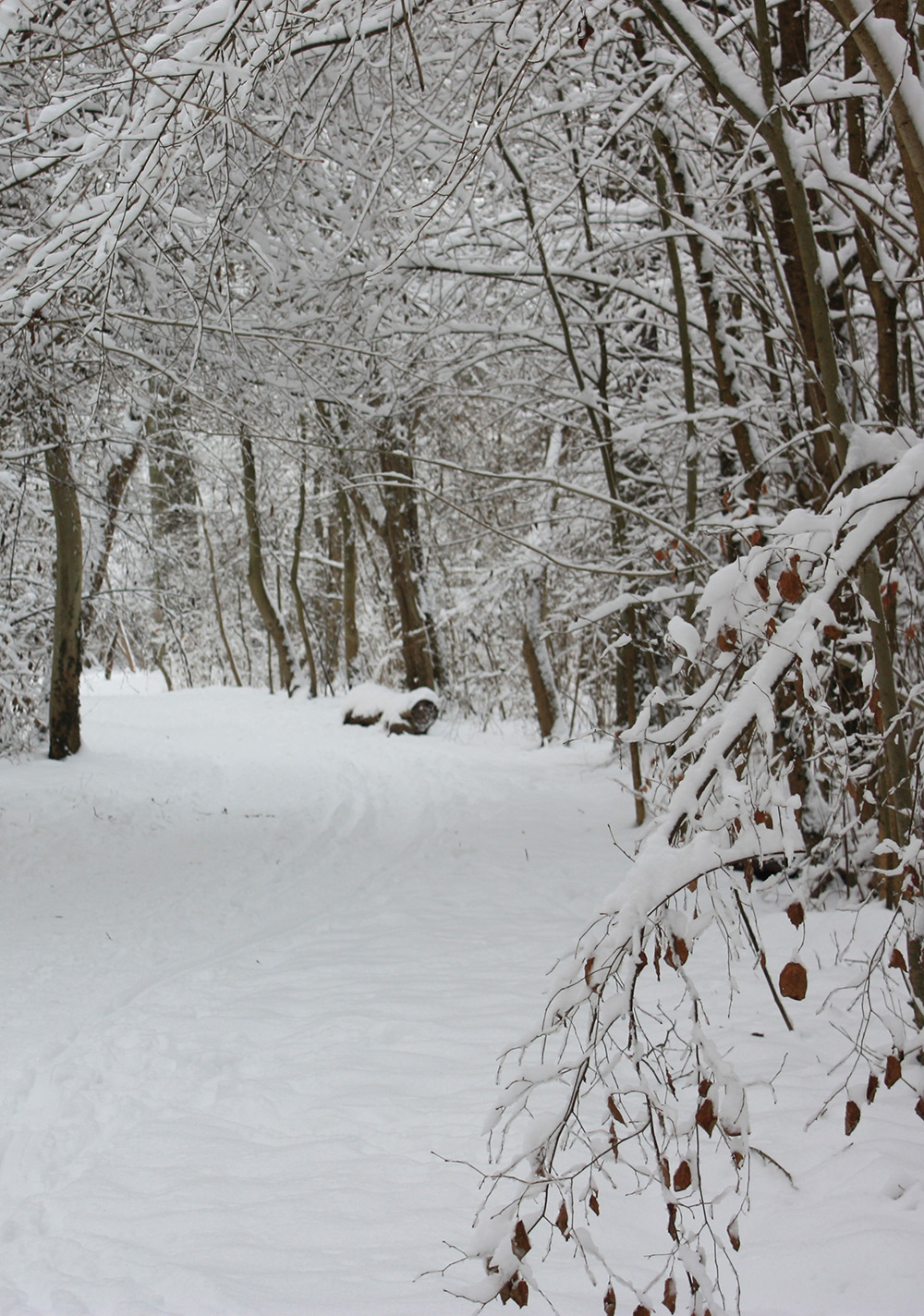
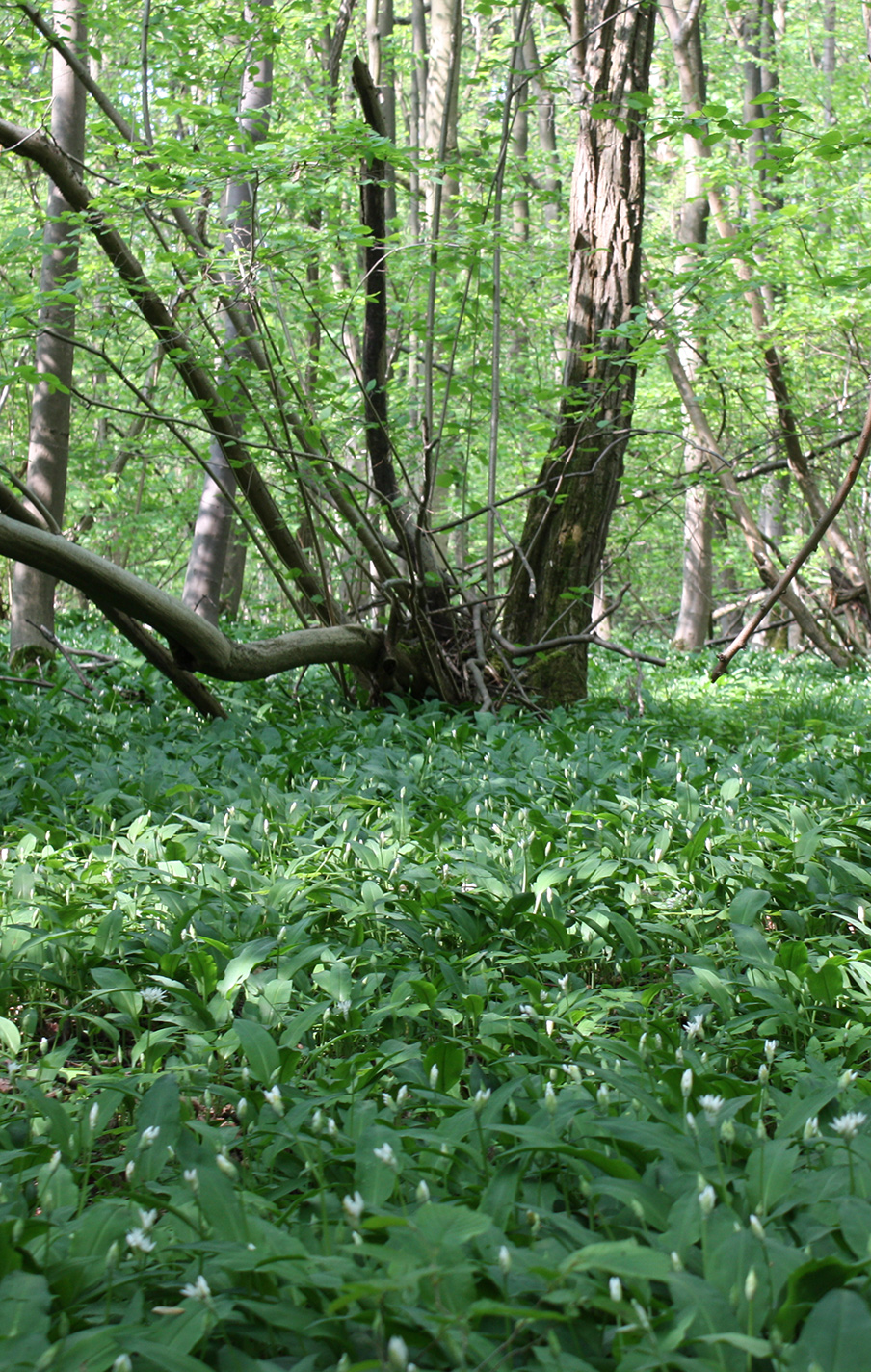
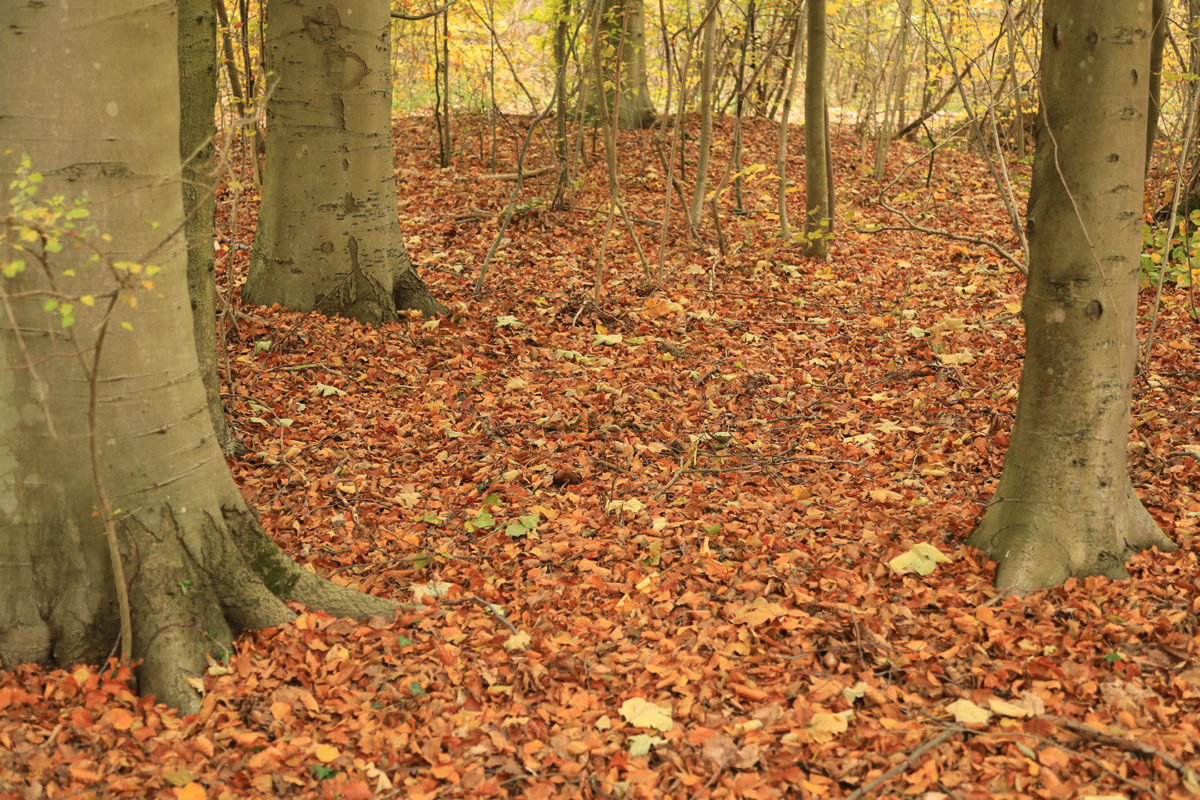
Many rich and diverse environments
Hundreds of species to discover
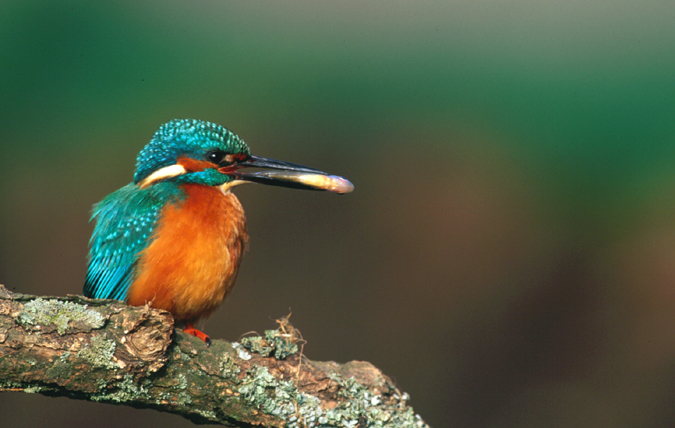

Southern Damselfly
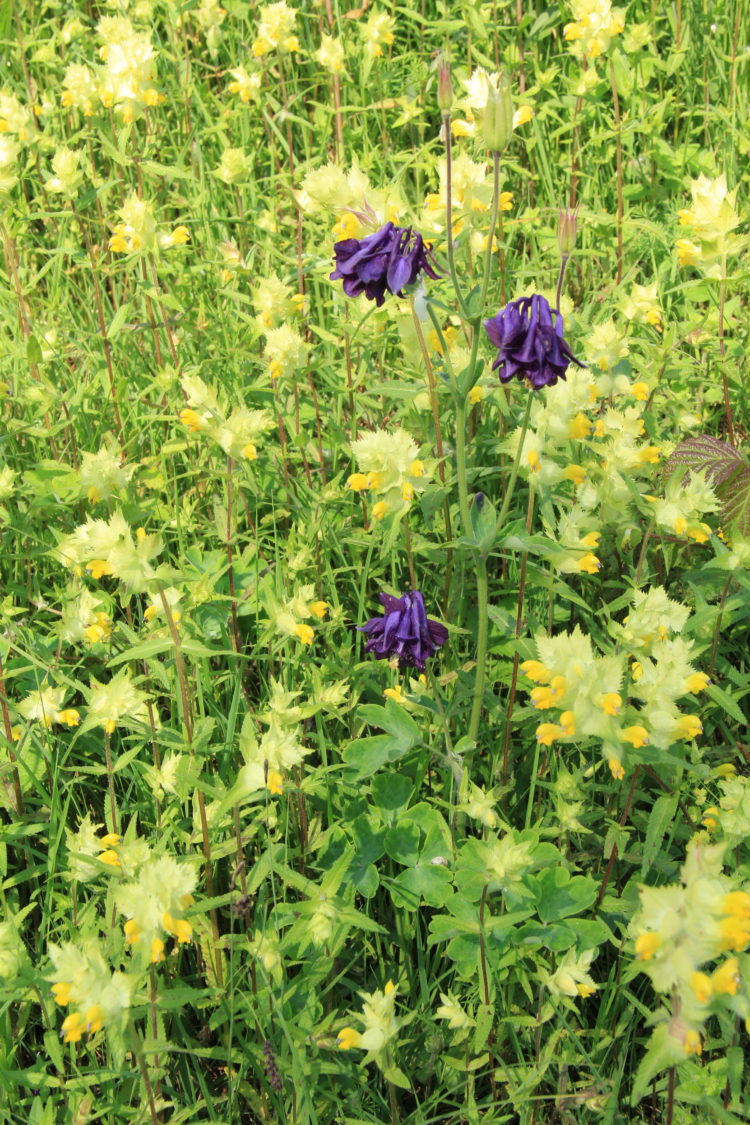
Common Columbine
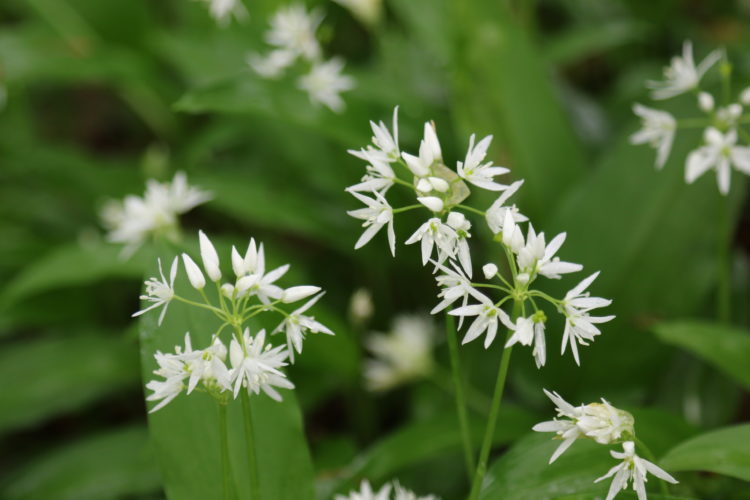
Wild garlic

Northern Goshawk
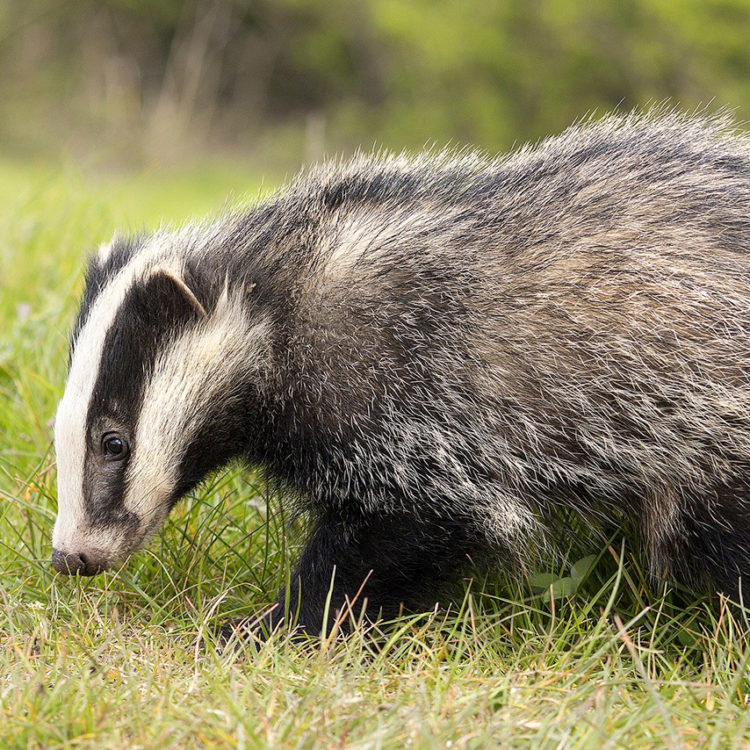
European badger
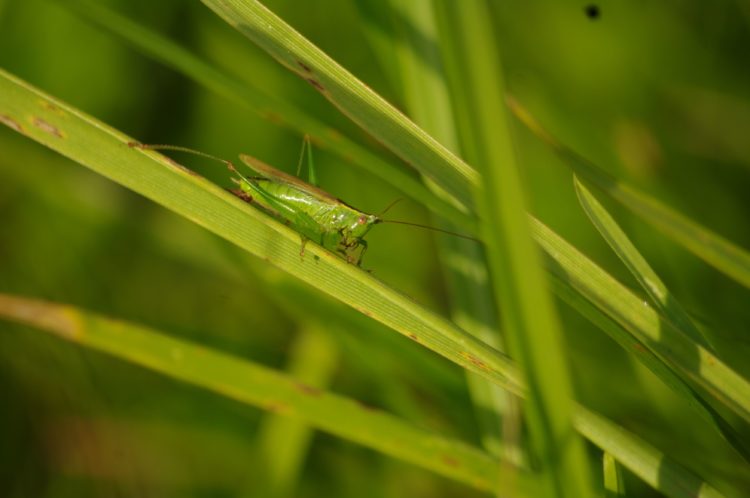
Long-winged conehead
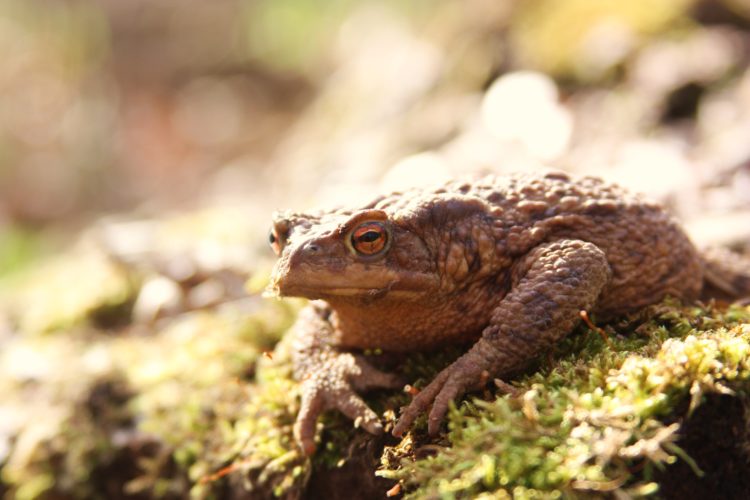
Common toad
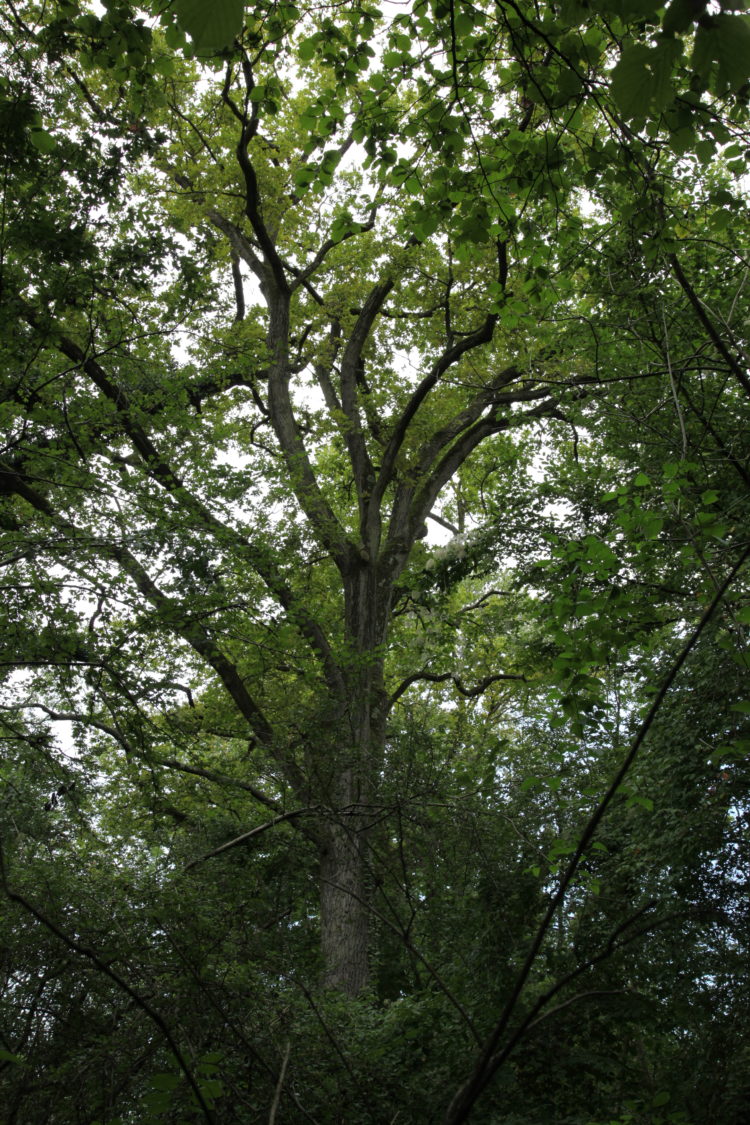
Common oak
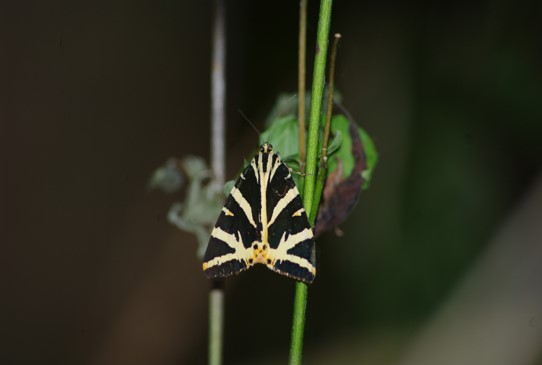
Jersey tiger
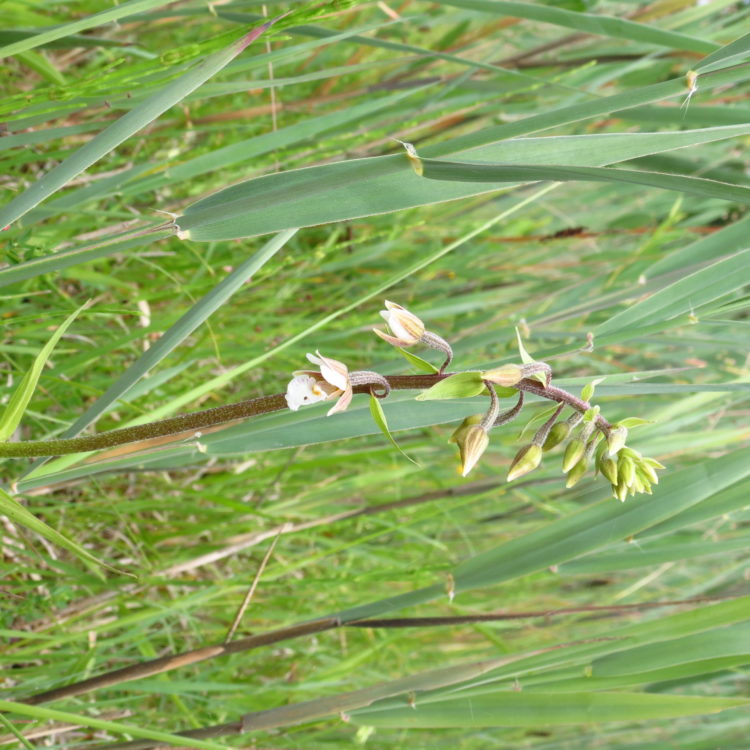
Marsh helleborine
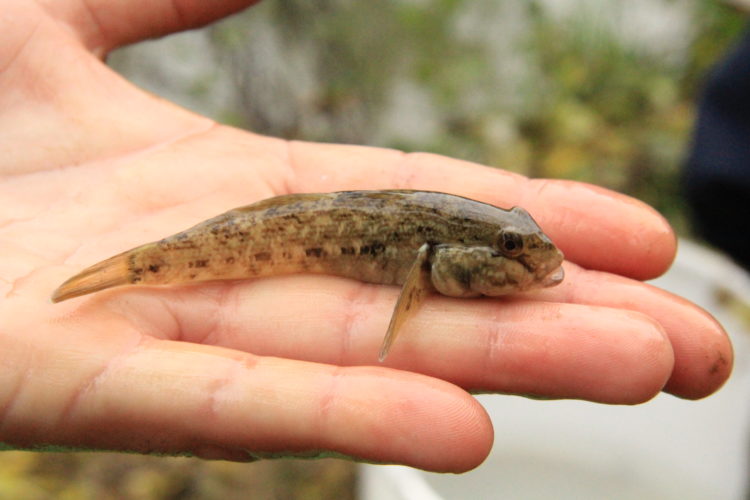
Round goby
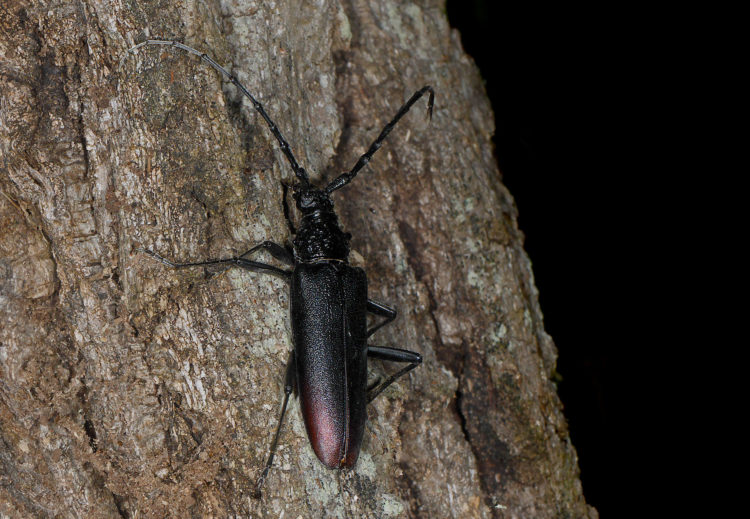
Great Capricorn beetle

Sand lizard
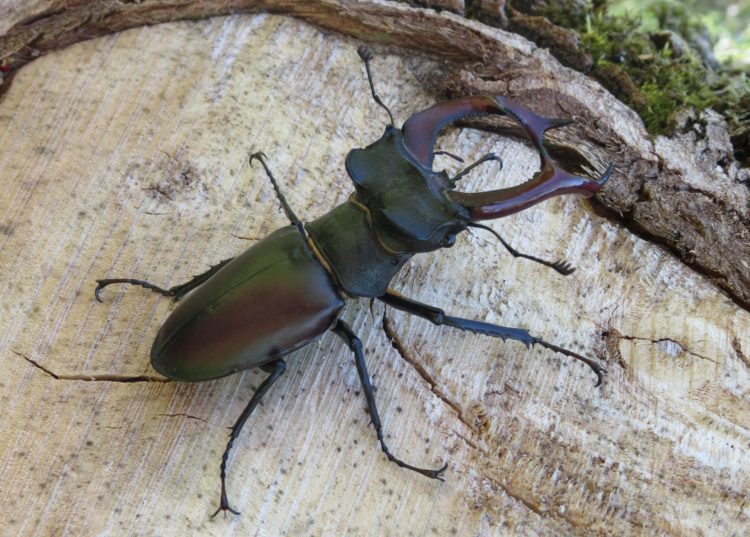
Stag beetle
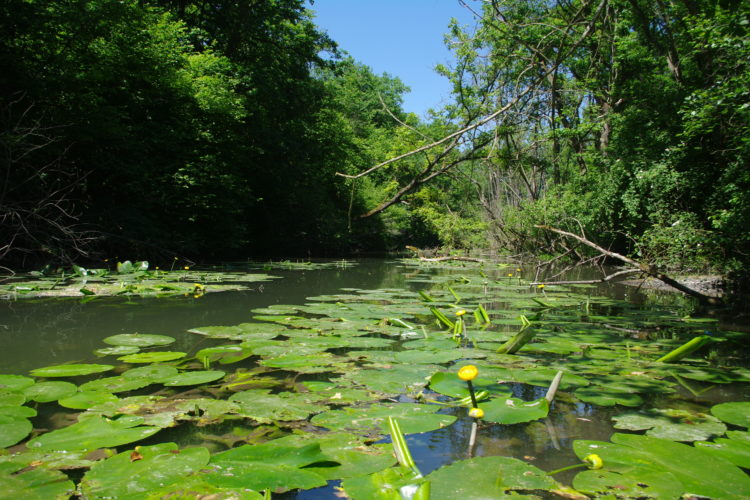
Yellow waterlily

Common kingfisher
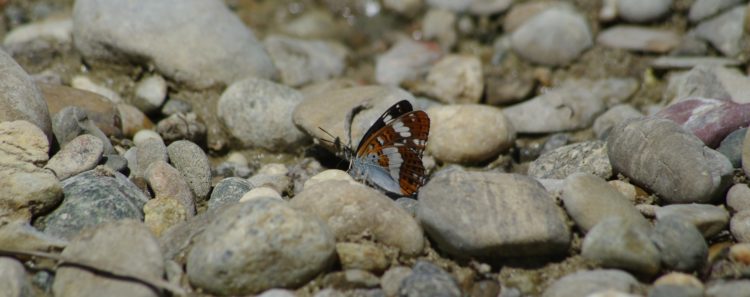
White admiral
